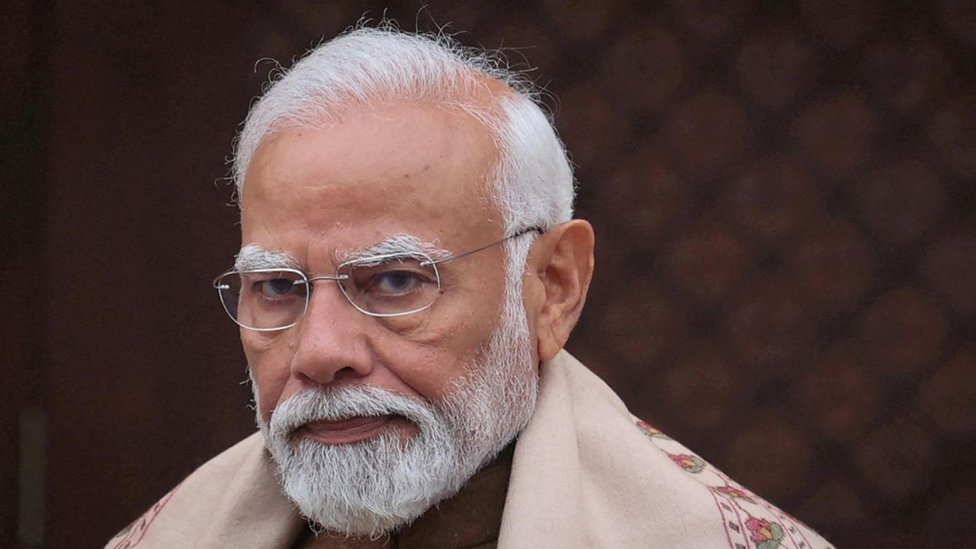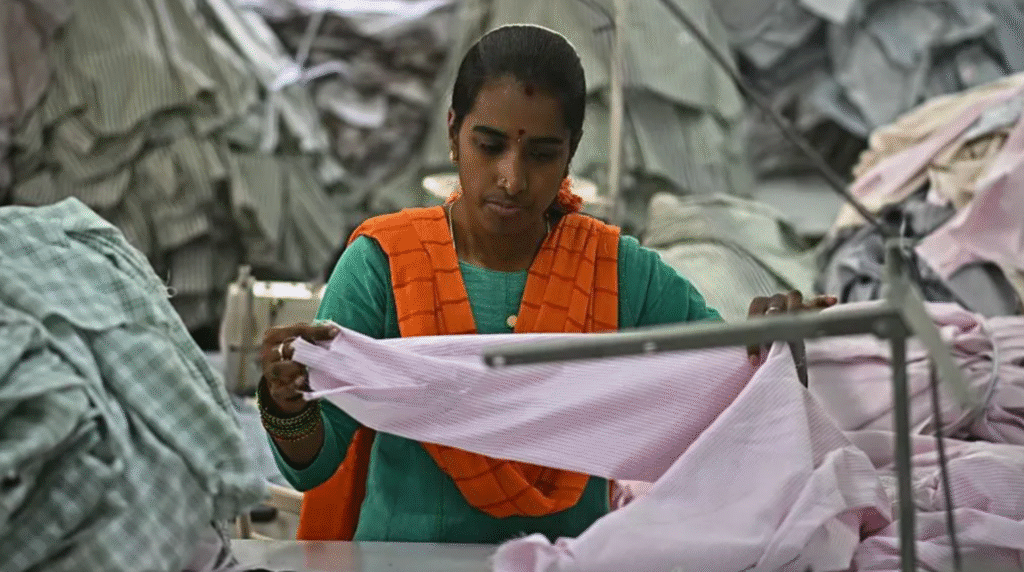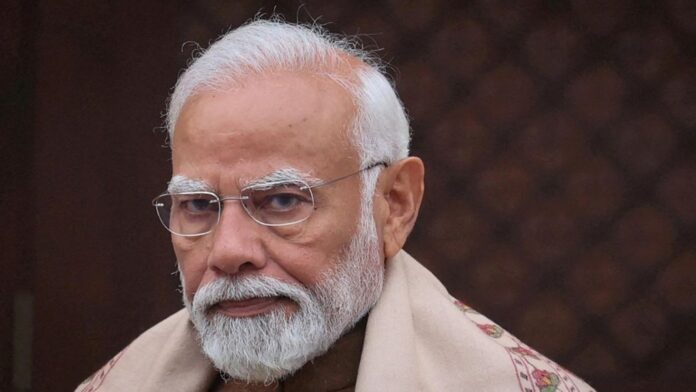Trump Tariff India Shock Hits Global Trade
The Trump tariff India shock is here, and it’s rattling the foundations of global trade. Former U.S. President Donald Trump’s 50% tariffs on Indian goods officially took effect on August 27, 2025, escalating tensions between Washington and New Delhi. This move follows an earlier 25% penalty imposed over India’s purchases of Russian oil and weapons, making the world’s fifth-largest economy one of the hardest hit by U.S. trade actions.
The U.S. had been India’s largest trading partner until recently. Now, with half of all Indian exports facing steep levies, questions are rising about the impact on jobs, exports, and economic growth in Asia’s third-largest economy.
Modi’s Call for Self-Reliance
Prime Minister Narendra Modi responded to the Trump tariff India shock with fiery speeches urging Indians to embrace self-reliance and domestic production. Speaking during Independence Day celebrations at Delhi’s Red Fort, wearing his signature saffron turban, Modi told the crowd:

“We should become self-reliant not out of desperation, but out of pride.”
He encouraged shopkeepers and small businesses to display “Swadeshi” (Made in India) signs, emphasizing that the best response to global economic selfishness is local pride and consumption. Modi has since repeated this message in multiple speeches, signaling a broader push for “Make in India, Spend in India.”
Economic Pain Across Export Industries
For millions of Indian workers, the Trump tariff India shock is more than a political fight, it’s a threat to livelihoods. Export-driven sectors like textiles, garments, shrimp, diamonds, and small cars depend heavily on U.S. buyers. A 50% tariff could make Indian goods too expensive for American consumers, forcing companies to scale back production and lay off workers.
Protests have already erupted in Indian cities. In Kolkata, activists burned effigies of Donald Trump, calling the tariff hike “economic warfare.” Photos of workers in Bengaluru factories sorting clothes for U.S. shipments highlight the uncertain future for exporters.
Tax Cuts and GST Reform as Countermeasures
To soften the blow, Modi has announced a series of tax relief measures. After delivering a $12 billion income tax cut earlier this year, his government is now planning a major reform of the Goods and Services Tax (GST) system.
The GST, introduced in 2017, was meant to simplify India’s complex tax structure. But experts say it has too many rates and exemptions, making it hard for small businesses. The proposed two-tier GST system could reduce compliance costs and put more money directly into the hands of consumers.
According to analysts at Jeffries, this reform, worth nearly $20 billion, could give a big boost to private consumption, which already makes up 60% of India’s GDP.
Global Analysts Weigh In
Investment banks are closely watching the Trump tariff India shock and its fallout.
-
Morgan Stanley predicts Modi’s fiscal stimulus will “push GDP upward and drag inflation down,” helping sustain growth despite trade headwinds.
-
UBS argues that GST cuts will have a stronger multiplier effect than earlier corporate tax breaks since they boost consumer spending at the point of purchase.
-
S&P Global recently upgraded India’s sovereign rating for the first time in 18 years, improving investor confidence despite global uncertainty.
India’s stock markets have welcomed the government’s quick moves. But economists caution that structural issues, like slow manufacturing growth and global trade tensions, remain obstacles.
Political Tensions with Washington
The Trump tariff India shock isn’t just an economic issue; it’s political. Trump has criticized India’s energy ties with Russia, calling them a “direct challenge” to U.S. foreign policy. In response, New Delhi argues that affordable Russian oil is essential for India’s energy security.
Trade negotiations between the two nations, set to begin earlier this month, have now been suspended. Experts say tariffs at this level resemble economic sanctions, something unimaginable just months ago between two supposed strategic partners.
Impact on Indian Households
While high-level trade disputes dominate headlines, ordinary Indians are watching their wallets. Lower GST rates on items like scooters, garments, and building materials could directly benefit households, especially with the festive season of Diwali approaching.
The government is also planning salary hikes for five million employees and nearly seven million pensioners next year. Combined with lower interest rates, these measures could help sustain domestic demand.
Still, for workers in export hubs, the Trump tariff India shock has cast a shadow over job security and income stability.

What’s Next for India’s Economy?
The big question: Can India withstand the Trump tariff India shock while keeping its growth story alive?
-
Short term: Modi’s tax reforms and fiscal stimulus may cushion the blow, boosting consumer demand.
-
Medium term: Export-driven industries face uncertainty, especially if the U.S. remains firm on tariffs.
-
Long term: India may double down on self-reliance, but without a stronger manufacturing base, it could struggle to replace lost export revenue.
Conclusion: A Defining Moment
The Trump tariff India shock represents one of the biggest challenges to India’s economy in recent years. While Modi pushes for self-reliance and offers tax breaks, the coming months will test whether India can turn crisis into opportunity.
For now, India stands at a crossroads, balancing domestic growth with the realities of a shifting global order.

